Is greenwashing rife in the cycling clothing market?
How to thread your way through the claims, statements and standards on your cycling apparel
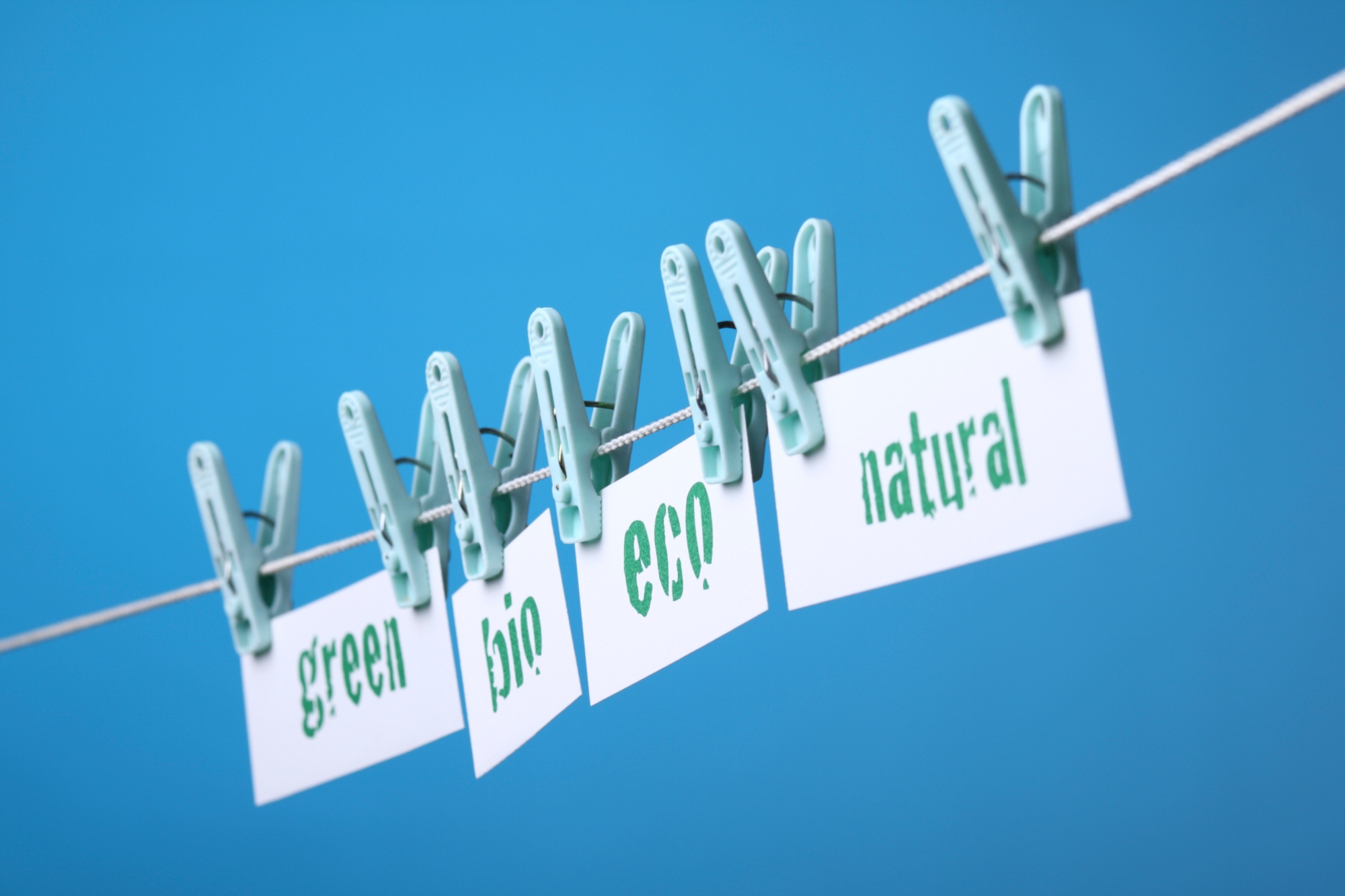
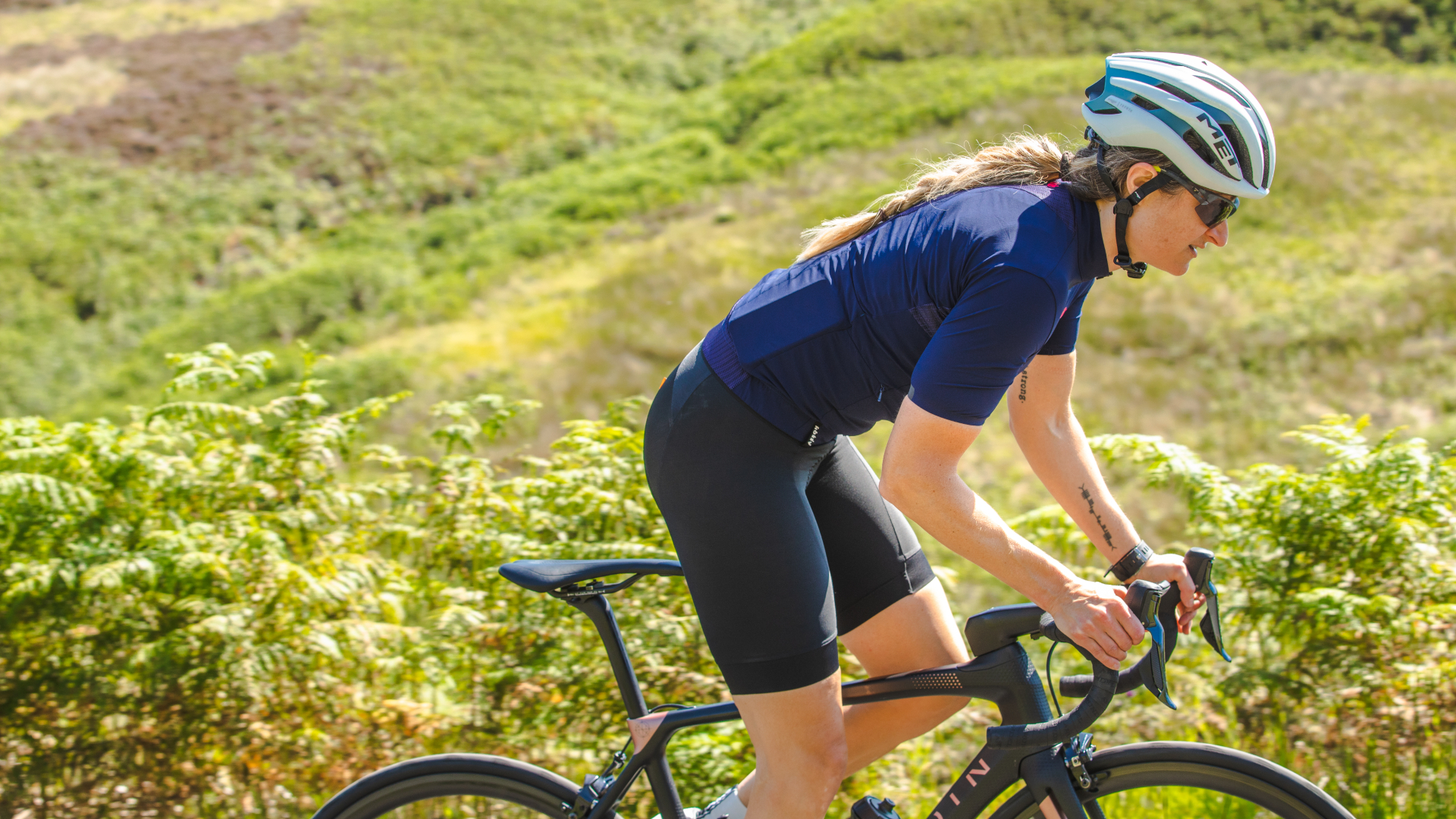
I’ve just unwrapped an item of cycling kit that came through the post. Like a child’s game of pass-the-parcel, it was nestled in several outer layers of packaging, none were plastic, and I am assured we're all made from either 80% reclaimed, 100% recycled, or packaged from responsible sources FSC cardboard. I’m told the jersey itself is made using Bluesign fabrics that have also been responsibly sourced.
My virtuous self has signalled. I’m positive that I have a sustainable/eco/green item.
Then an email landed in my inbox.
The inquiry from a reader was a request for us to share more information about product manufacturing.
It’s something that, here at Cycling Weekly, we’d like to know more on, as we know we need to talk about cycling and sustainability.
As a team, we've begun to really focus on highlighting the eco credentials on any product we’re reviewing, this is a conscious effort and something we'd like to formalise in the coming months. Once we've worked out exactly what we should be looking for.
But the email got me thinking, what do we know for sure? What do these terms, standards or claims even mean and wouldn’t it be helpful if someone (me) could produce a quick reference guide?
Get The Leadout Newsletter
The latest race content, interviews, features, reviews and expert buying guides, direct to your inbox!
It turns out that I’ve opened the proverbial can of proverbial worms.
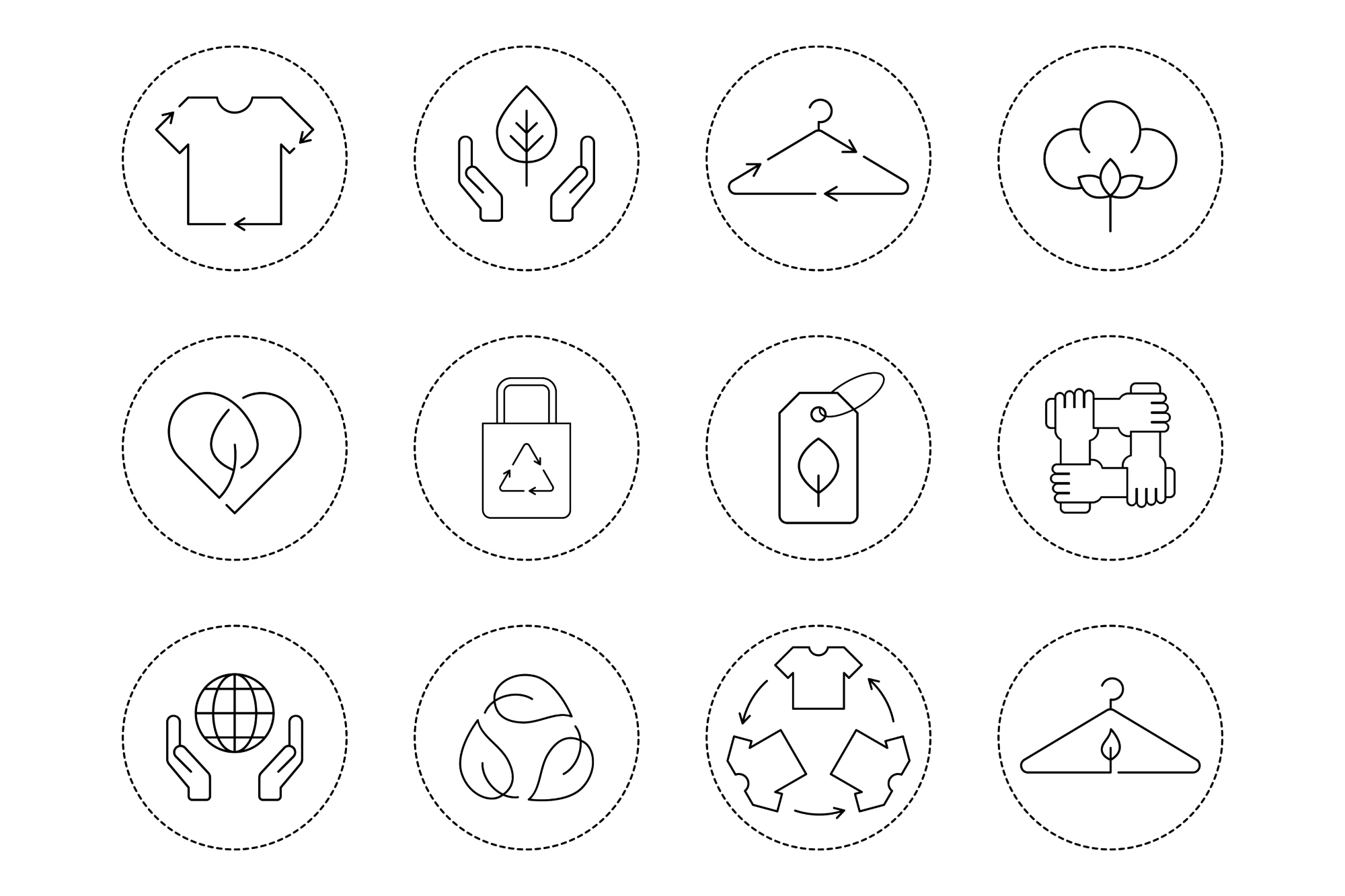
Who actually knows what the labels really mean?
Unanswered questions
The more I dug into these claims, standards and schemes, the more unanswered questions I had, for both brands quoting the "standards", as well as the bodies behind them all. Bewildered and exhausted, it was time to call the experts.
“The eco conscious consumer has every right to be confused by the sustainable clothing sector,” says George Harding-Rolls, Campaign Manager at Changing Markets Foundation, an organisation with the aim of exposing irresponsible corporate practices.
Its most recent in-depth report titled 'Licence to Greenwash: How certification schemes and voluntary initiatives are fuelling fossil fashion' places a microscope over the very schemes, certification and labelling we're seeing used more and more throughout the cycle clothing industry.
“It’s a wild west of standards, labels and it’s almost impossible to work out who is telling the truth," she confirms.
“The industry is self-regulated and there’s no standard requirement. New laws currently being looked at in the European Union, US Federal and UK would make brands liable to ensure that... sustainability claims are substantiated," he confirms, before adding "but this will only support consumer protection laws, as products can’t be miss-labelled, but wouldn’t radically change the sustainability of things.”
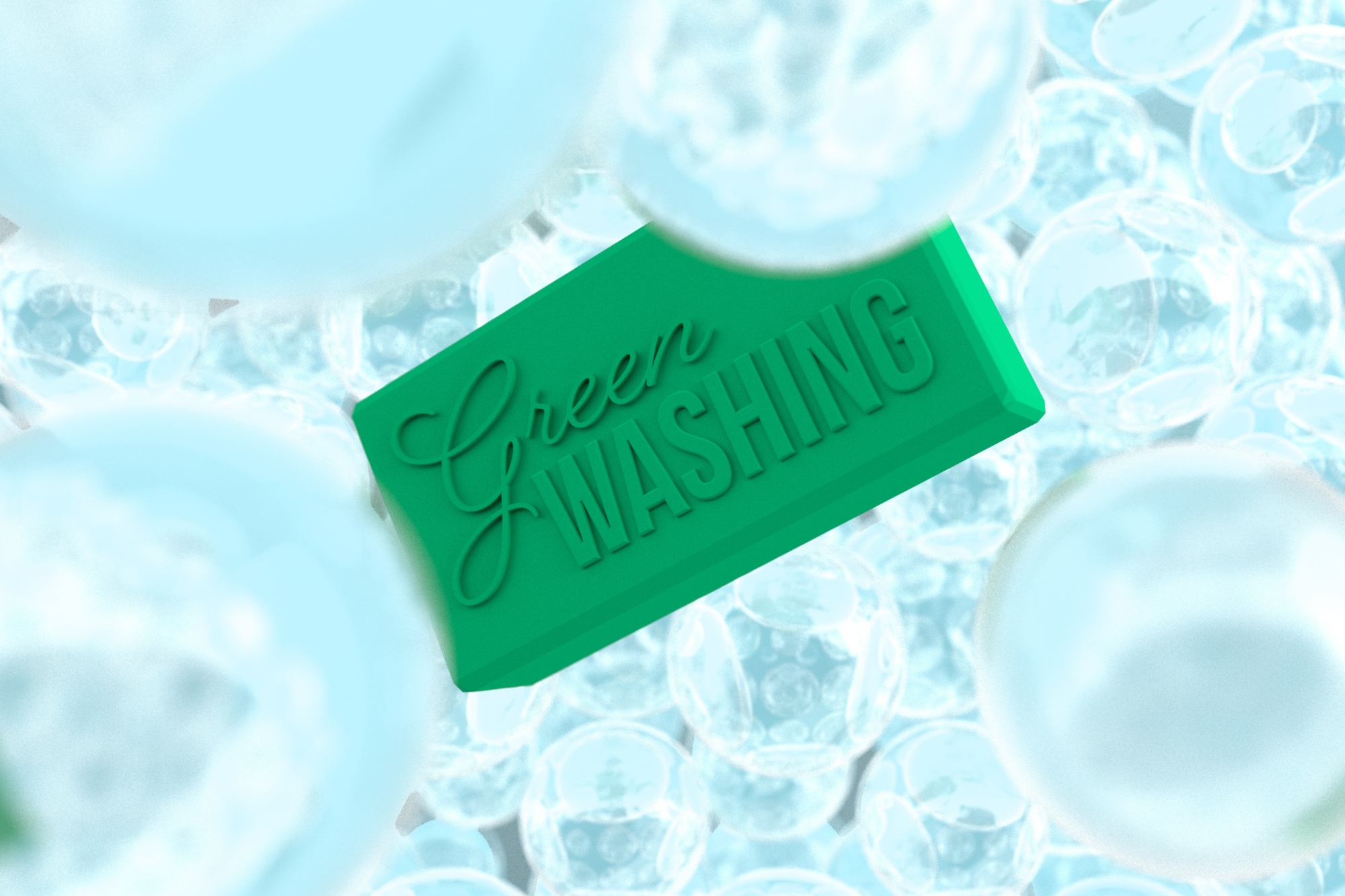
Will new legislation halt the greenwashing trend?
This new legislation could possibly help halt the ‘greenwashing’ trend, which is defined, according to the Cambridge Dictionary, as '[making] people believe that your company is doing more to protect the environment than it really is’. Personally, I also hope that in making claims clearer, it would also help prevent decision fatigue when trying to make informed consumer choices.
Greenwashing: '[Making] people believe that your company is doing more to protect the environment than it really is’.
Cambridge Dictionary
“The Modern Slavery Act 2015 [Considered the toughest law in the world] was a really important piece of legislation that made a big impact,” Harding-Rolls explains. “We need to deliver the same for the environment”.
Clearly, some brands are better than others. “It’s acknowledged that fast fashion brands barely pay lip service to sustainability” Harding-Rolls continues, “but there’s an unrelenting pressure for all brands to compete with them, meaning we need more legislation around the world in order to level the playing field”.
International pressure
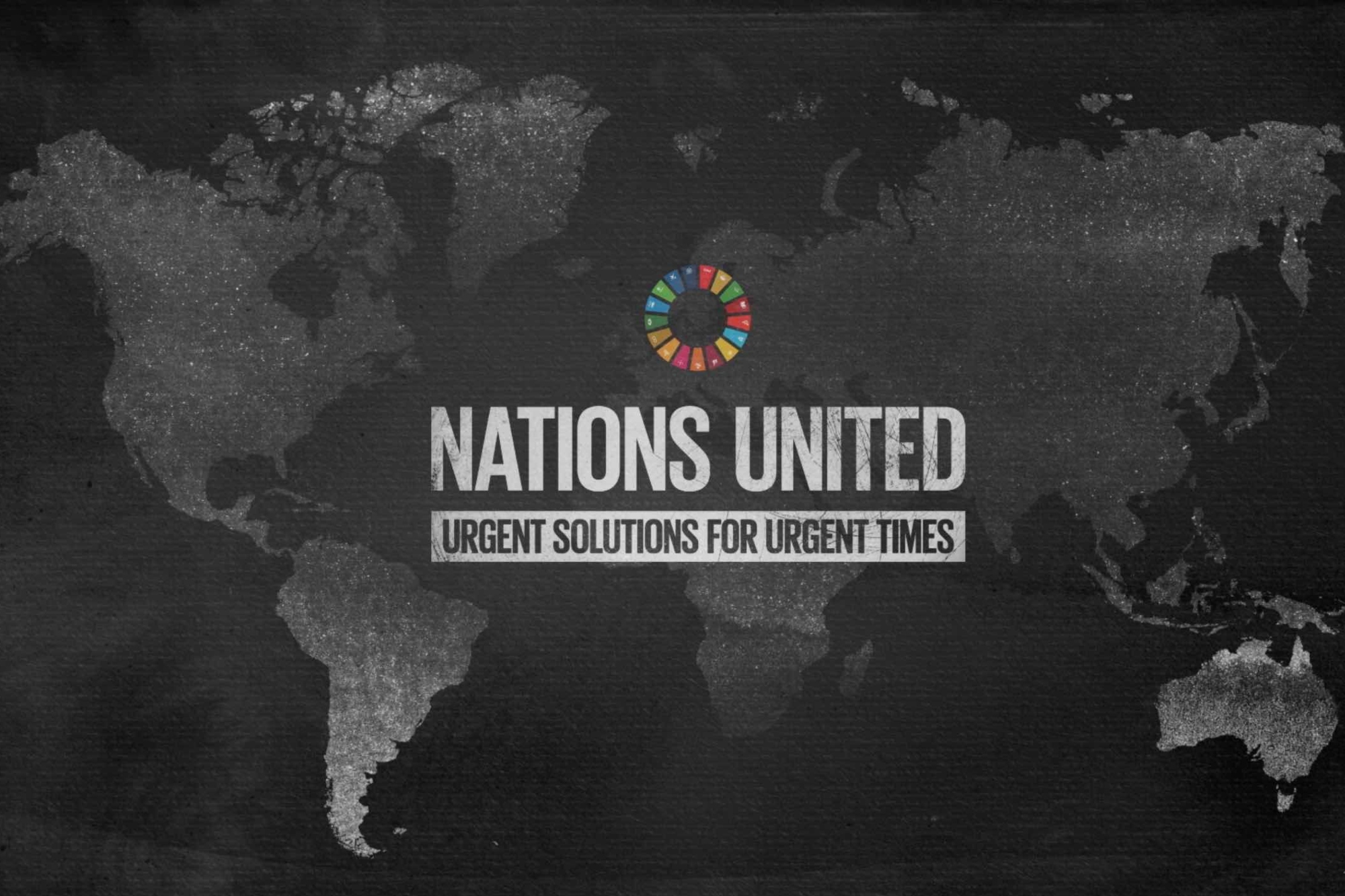
The United Nations have called upon the 'World of Sports’ to help advance circulatory and sustainable sports clothing
According to The United Nations Alliance for Sustainable Fashion, an initiative of UN agencies and allied organisations who aim to proactively contribute to sustainable development targets through coordinated action, the fashion industry is responsible for 8% of the greenhouse gas emissions annually. This apparently equates to more than all international flights and maritime industry combined. The industry is also one of the biggest users of water, producing 20% of global waste water annually, with 85% of textiles ending up in landfills or incinerated, with sporting apparel, AKA most cycling clothing, among the worst offenders.
Technical attributes, such as moisture absorbency, elasticity, durability, odour control, availability and low cost, make polyester and cotton cyclewear’s default fabrics. They also happen to be two of the most natural resource intensive and incredibly un-sustainable, and that’s before we even start talking about dying, printing, shipping or end of life impact.
“Given their reach and public exposure, there is an immense opportunity for sports event organisers, national and international sports federations but also individual athletes and sportswear manufacturers to lower their environmental footprint by choosing renewable materials instead of plastics,” United Nations Economic Commission for Europe (UNECE) Executive Secretary Ms Olga Algayerrova said, ahead of the launch of its Forest4Fashion Sports Challenge. “Materials that do not shed microplastic fibres which won’t eventually end up in our oceans, have a lower carbon and water footprint.”
The challenge itself calls for the ‘World of Sports’ to help advance circulatory and sustainable sports clothing.
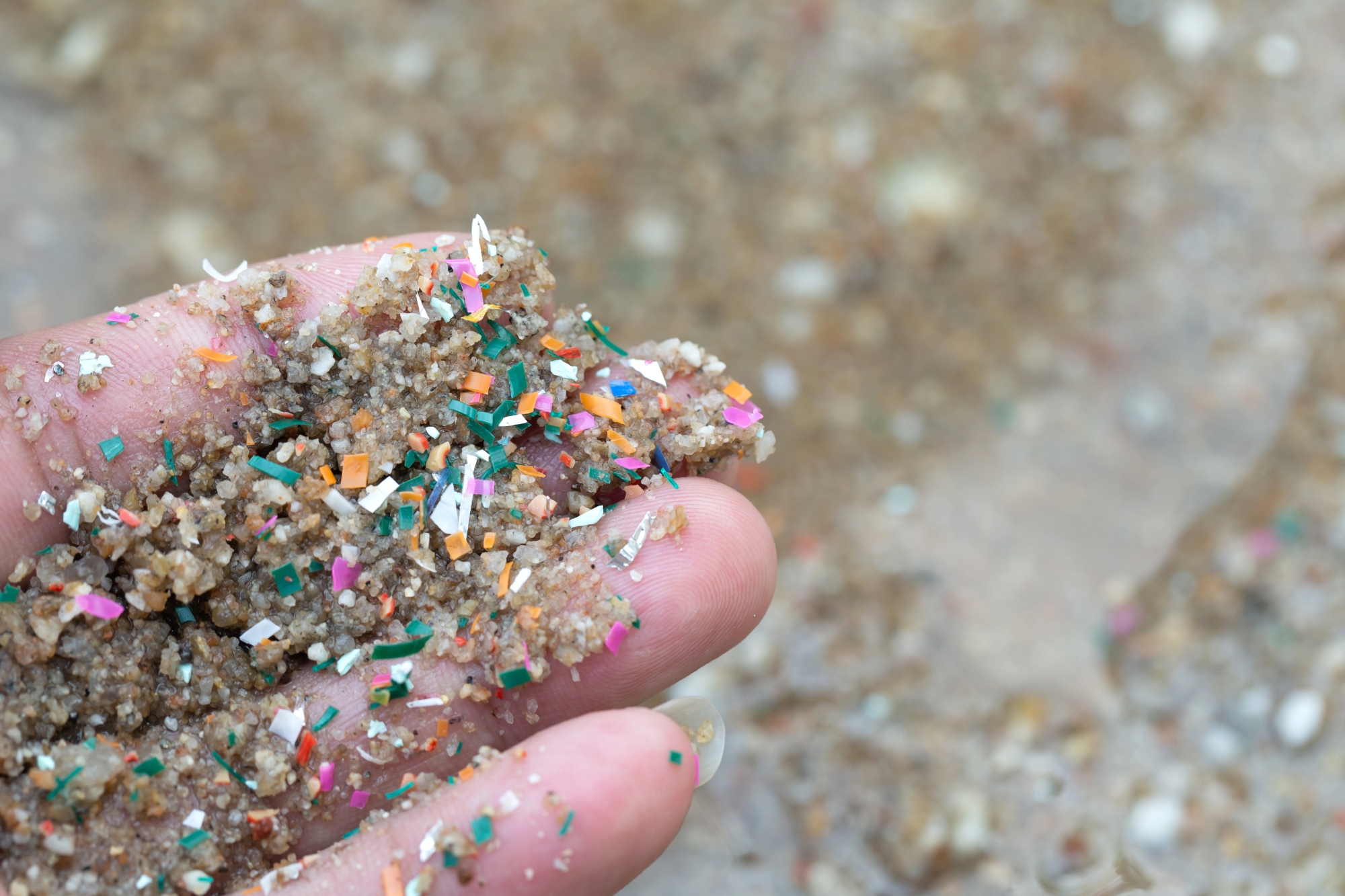
Even polyester made from recycled plastic bottle isn’t biodegradable
While being a derivative of petroleum is probably common knowledge, a lesser known fact about polyester is that it isn’t biodegradable, so every time you fling your dirty bike kit in the wash, microplastic fibres are being released. The Ellen MacArthur Foundation estimates that around half a million tonnes of the stuff ends up in the ocean every year via washing polyester and nylon, the equivalent of 50 billion plastic bottles.
It’s the reason that taking plastic bottles out of their own closed-loop, bottle to bottle recycling system to make a ‘made from recycled plastic’ cycling jersey or pair of cycling shorts isn’t as sustainable as you first think.
Although it’s generally agreed that recycled PET requires around 50 - 60% less energy to process, it’s still considered more than alternatives, such as cotton, wool or hemp, with the term recycled not always stacking up as sustainable anyway.
There’s even anecdotal evidence of PET bottles being made from virgin plastic, only to be immediately melted down and turned into clothing to gain the ‘made from recycled plastic bottles’ bragging rights
I was taken aback by the revelations around opting for cycling clothing made from recycled plastic bottles (PET bottles). This single loop system is likely to end up putting the plastic back into landfill or, quite literally, lost in a sea of green claims, after just one life cycle, compared to the multiple recycling cycles it would have had being kept as a recycled plastic bottle.
There’s even anecdotal (though unproven and not brand specific...) evidence from people that I’ve spoken to of PET bottles being made from virgin plastic, only to be immediately melted down and turned into clothing to gain the ‘made from recycled plastic bottles’ bragging rights, as there simply isn’t enough plastic bottle PET to go round. It perpetuates the reliance on producing virgin plastic bottles in the first place and does nothing to resolve the issue of microplastic pollution, or end of life disposal.

Cycling clothing made from recycled plastic bottles (PET bottles) is, at best, effectively downcycling
There are alternatives to recycled plastic bottle PET, and there are even fabrics made from recycled ocean waste plastic, but this doesn’t address the issue of plastic ending up in the ocean in the first place, microplastic fibres getting added back into the ocean, or end of life disposal.
What can we do about the problem (aside from daily 'naked bike rides')?
So now we’re aware of the depressing truth of ‘new kit day’, what’s to be done? Assuming that naked bike rides, or never washing kit, are equally unpalatable to you as they are to me.
There are some excellent examples of best practices when it comes to both brand transparency, textile initiatives, and true sustainable attire. But how do you find them?
“As a rule of thumb, if it's very cheap and sounds too good to be true it probably is” Harding-Rolls informs me. “I’m totally aware of the rising cost of living, but apparel is as cheap as it was in the 1990’s, meaning there's room to reduce shareholder profit, and improve environmental outcomes.”
“Price doesn’t always equal sustainability” says David Hanney, CEO of Alpkit, the British independent outdoor brand. “Somewhere the message that being transparent and sustainable pushes the prices up has filtered through. As a brand, we’re passionate about the outdoors having no space for elitism, and we ensure we put people and planet before profit.
“In general, a brand that delivers well designed kit that stands the test of time and doesn’t wear out easily will be the most sustainable. It's not a given, but it'll probably have the highest ethics and standards.
“The most common reason people throw kit away isn’t because they wear it out or outgrow it, it’s because they fall out of love with it, so look for companies that have repair services and have take back offers,” he says.
Many brands now offer repair, "take back" services. Isadore, for example, offers a subscription service - this allows you to wear kit you love, enjoy that 'new kit feeling', then return it, for a new rider to enjoy a journey (after a full wash and repair).
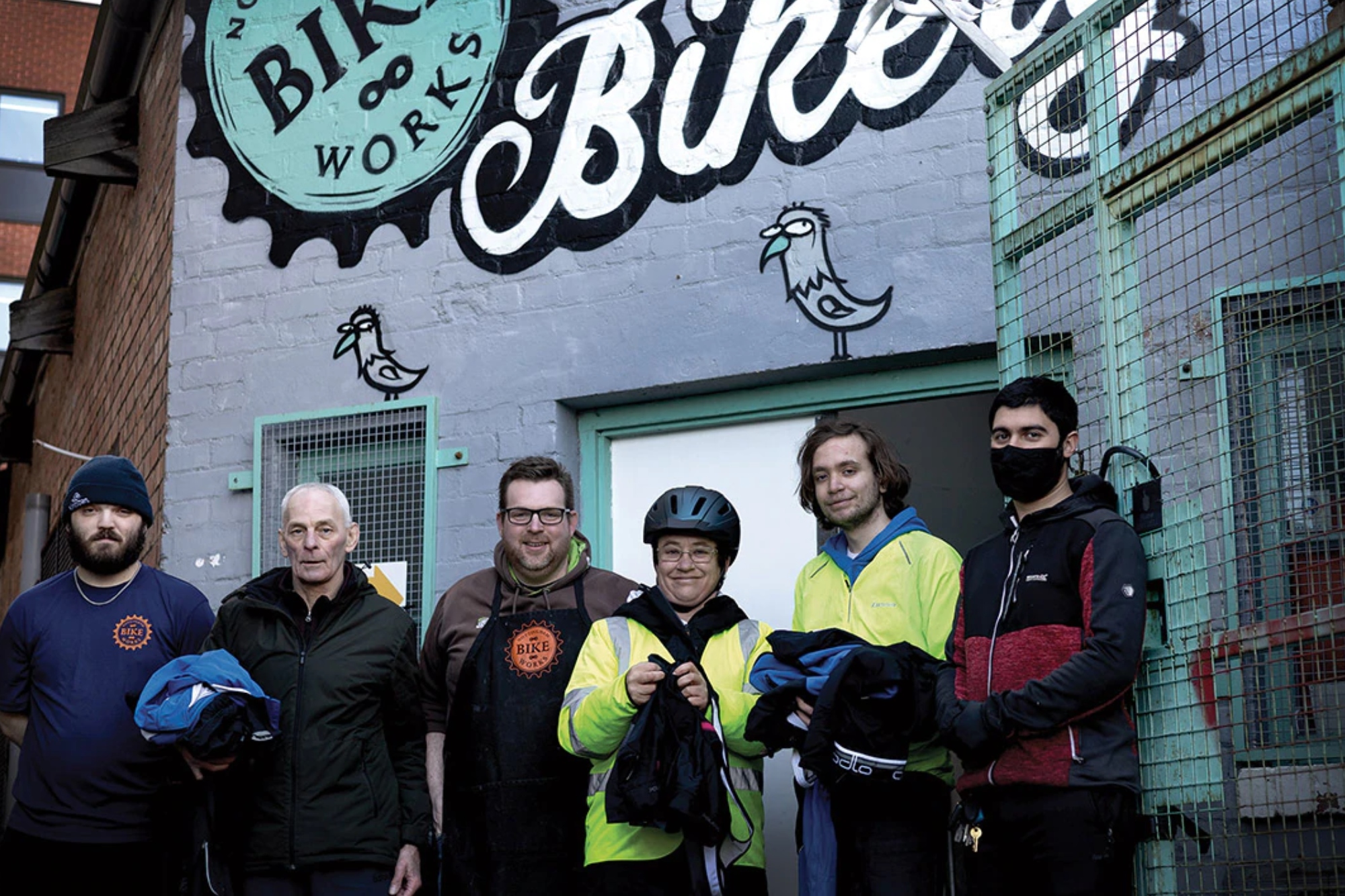
Alpkit take donations of any brand cycling kit and pass on to people who need it most.
How to make truly sustainable choices
- Look for kit that doesn't wear out. One quality, long lasting jersey is better than three 'recycled' jerseys that don't last long
- Look for brands that provide 'take back' offers, and repair kit
- Look for companies that publish regular sustainability reports, with clear targets, and evidence of them being met-
- You should wash your cycling shorts after every wear, but jerseys can be washed every couple of rides. Investing in a laundering bag also helps to prevent microplastics from entering the ocean
Seeking out brands who are transparent about their actions is important, too.
Having won awards for its work on sustainability, along with being the first UK outdoor brand to publish in-depth and measurable annual sustainability reports, Alpkit is committed to making consumerism as transparent as possible.
“We’re not perfect, but we’ve chosen to be transparent, just trusting that our customers will appreciate that we will make mistakes, but we’ll own them and keep progressing," Hanney says.
Head over to the Alpkit website and you’ll see that its claims are substantiated and evidenced raw material claims, processes and manufacturing. Its work on committed recycling through donation of kit through its Continuum Project, repairing (not just its own brands) and giving back to the community are key to its sustainability principles.
“We have to make decisions about sustainability on a daily basis. As an independent brand, there's just five of us and that, along with the fact that 10% of Alpkit that is owned by staff and customers, means we can make long term decisions as we’re not driven purely by shareholder profit.
“We have our red lines that we won’t cross when we make decisions of who we work with, and then use a raft of criteria on environmental and other areas. It’s about making balanced decisions," he says.
Finally, it's also worth addressing how you care for and wash your kit.
Clothing brand TIC CC has published some helpful tips, in an attempt to educate its customers on how to make kit last longer. These include laundering less, passing on kit to club mates rather than discarding it, as well as using laundering bags to prevent microplastics from leaving our washing machines for the wide-open ocean.
Making your own consumer choices
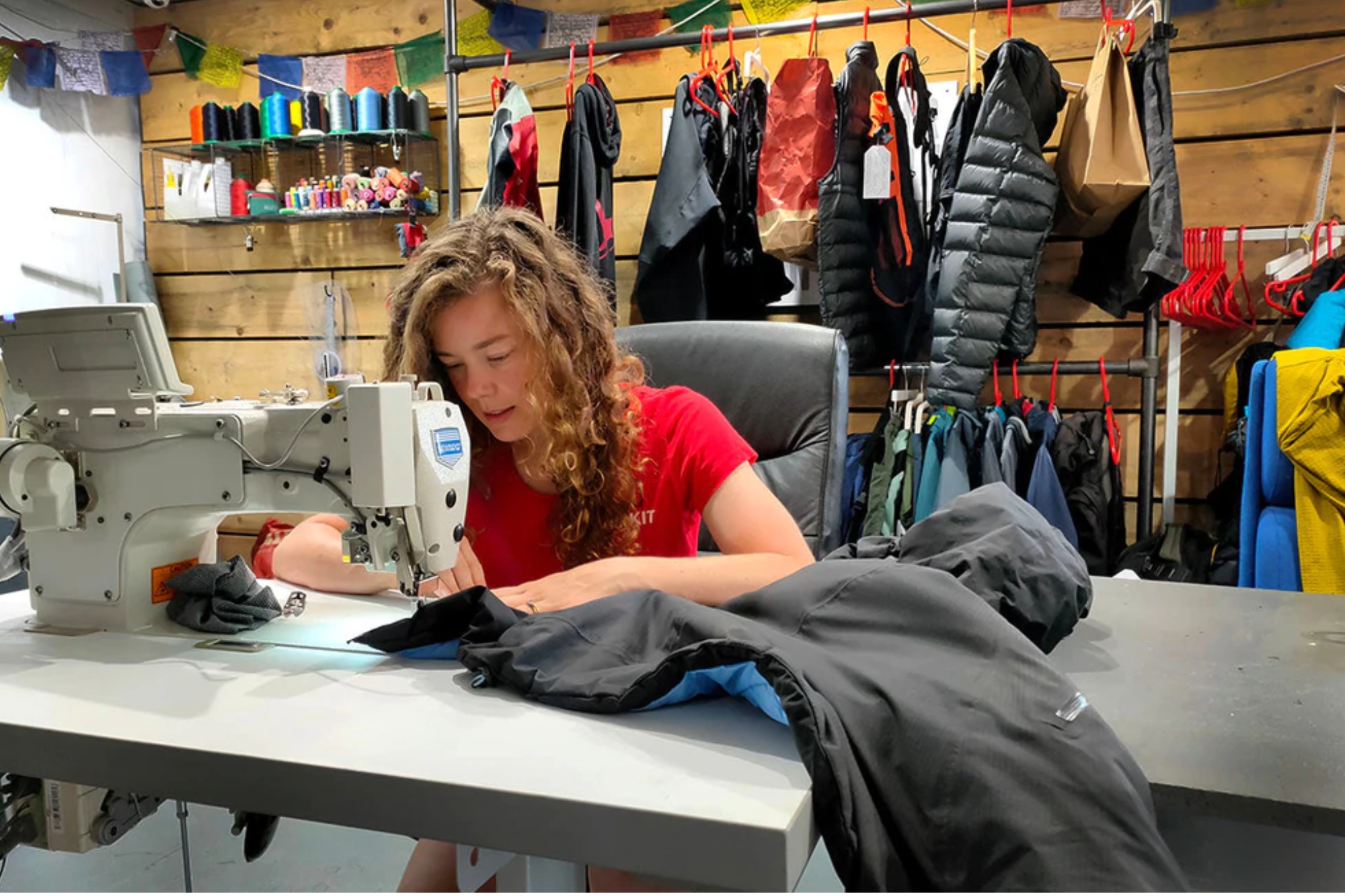
Alpkit repair centre will tackle any brand of clothing to help prevent it ending up in landfill.
Working out what the best cycling clothing is for the environment is still baffling and, quite frankly, probably now feeling a little overwhelming. How can we get better at making daily kit decisions?
“Start with your non-negotiables, or red flags” says Hanney. “Once you know what lines you are not prepared to cross you can then make decisions on what to balance or compromise on elsewhere.
"It's important to also remember that sustainability isn't just about fabrics, it's the people that make them, the treatment of animals, responsibility of clothing disposal at end of life, and giving back," Hanney says.
Navigating the claims, and the truth behind them, can feel overwhelming - but Hanney implores consumers not to become saturated with information, to the point of giving up: “none of your consumer purchases are going to be perfect" he says, "but be ok with that. Starting the conversation and asking questions of brands for more information and transparency is the only way to start. If you still reach dead-ends, then you can always vote with your wallet." And if that doesn't make brands sit up and listen, nothing will.

Thank you for reading 20 articles this month* Join now for unlimited access
Enjoy your first month for just £1 / $1 / €1
*Read 5 free articles per month without a subscription

Join now for unlimited access
Try first month for just £1 / $1 / €1
Hannah is Cycling Weekly’s longest-serving tech writer, having started with the magazine back in 2011. She has covered all things technical for both print and digital over multiple seasons representing CW at spring Classics, and Grand Tours and all races in between.
Hannah was a successful road and track racer herself, competing in UCI races all over Europe as well as in China, Pakistan and New Zealand.
For fun, she's ridden LEJOG unaided, a lap of Majorca in a day, won a 24-hour mountain bike race and tackled famous mountain passes in the French Alps, Pyrenees, Dolomites and Himalayas.
She lives just outside the Peak District National Park near Manchester UK with her partner, daughter and a small but beautifully formed bike collection.
-
 Full Tour of Britain Women route announced, taking place from North Yorkshire to Glasgow
Full Tour of Britain Women route announced, taking place from North Yorkshire to GlasgowBritish Cycling's Women's WorldTour four-stage race will take place in northern England and Scotland
By Tom Thewlis
-
 Positive signs for UK bike industry as Halfords cycling sales grow
Positive signs for UK bike industry as Halfords cycling sales growRetailer admits that the impact of Donald Trump's tariffs remains to be seen
By Tom Thewlis